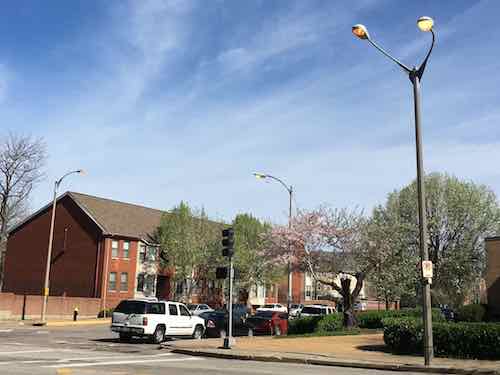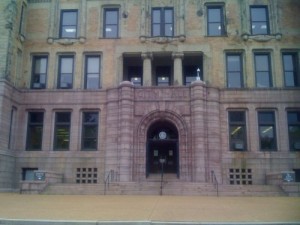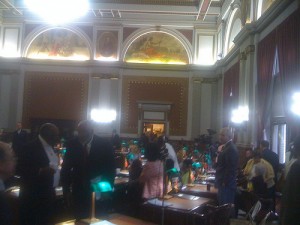Slight Majority of Readers Okay With Red-Light Cameras Returning to St. Louis Intersections
In 2015 the Missouri Supreme Court ruled against three municipal traffic camera ordinances — in St. Louis, St. Peter’s, and Moline Acres. The latter two dealt with assessing points or not. St. Louis had been sending red-light tickets to the registered owner of the vehicles that went through a red light.
The court will allow red-light cameras that can take photos of the driver. It’s unclear to me how the city would know who the driver is from a photograph, or maybe they’d expect the owner to identify who was driving their car through a red light.

Obviously we’re talking about more sophisticated equipment than what the city had before. I’m personally fine if the bulk of the revenue goes to the vendor — my goal would be to reduce people running red lights — this would be safer for bicyclists and pedestrians.
One comment received was also correct — the timing on the city’s lights is so horrible people feel compelled to run lights to get anywhere. I’d like to see an independent audit of traffic lights & pedestrian signals.
More than half who voted in the recent Sunday Poll appear to support brining cameras back.
Q: Agree or disagree: Red-light cameras are unconstitutional, so they shouldn’t return to St. Louis
- Strongly agree: 3 [10.71%]
- Agree: 6 [21.43%]
- Somewhat agree: 1 [3.57%]
- Neither agree or disagree: 1 [3.57%]
- Somewhat disagree: 1 [3.57%]
- Disagree: 7 [25%]
- Strongly disagree: 8 [28.57%]
- Unsure/No Answer: 1 [3.57%]
Let’s get the signals fixed and bring back red-light cameras to dangerous intersections.
— Steve Patterson
 Local publisher Reedy Press comes out with many great books every year, usually on a specific subject. For example 2015’s
Local publisher Reedy Press comes out with many great books every year, usually on a specific subject. For example 2015’s
 The
The 